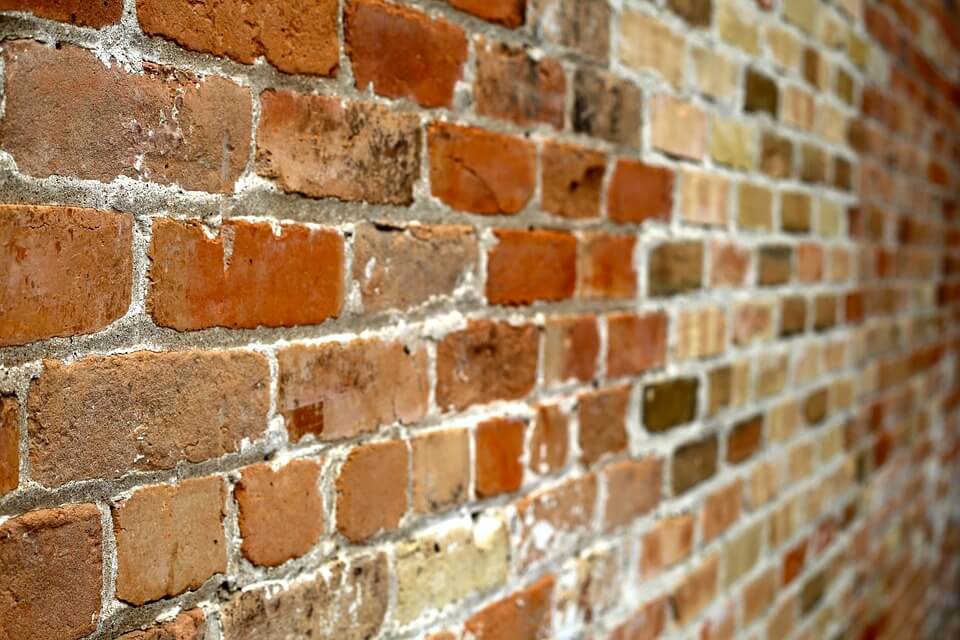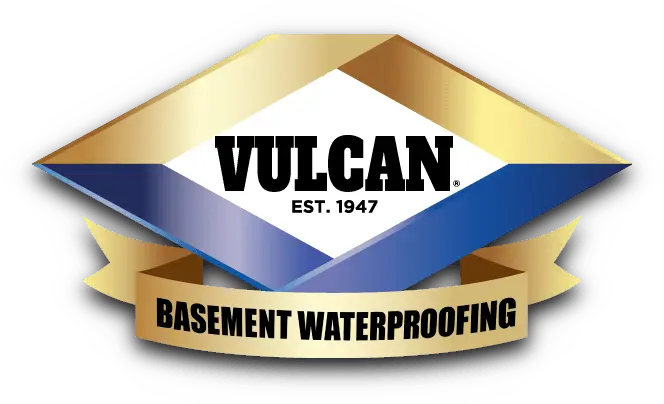
Michael Adams visited his basement one sunny morning. The area felt humid. The stone floor was unfinished but it’s completely dry. The walls were old but completely dry. Did they still need basement wall waterproofing?
He immediately noticed the traces of white fuzzy crystals. Some were thick but were mostly thin in size, having the appearance of a dandruff.
Efflorescence Defined
Efflorescence are those white fuzzy crystals along the basement walls. This is a sign of an internal or external moisture problem but it isn’t hazardous. It’s simply a visual problem but if ignored for a long time, it eventually results to deterioration.
Why It Happens
Efflorescence occurs in leaky natural and built environments. Water begins to dissolve minerals when it infiltrates the concrete wall. The mineral deposits are left behind as the water evaporates from the surface. Salt is accumulated. It pushes from the inside out forcing the surface to peel.
Primary Efflorescence
Primary efflorescence occurs on masonry construction. When water moves through a wall, it brings salts to the surface that are not commonly bound as part of the cement stone. The water evaporates. Then, it forms a white and fluffy deposit, which can normally be brushed off.
Secondary Efflorescence
Secondary efflorescence usually occurs due to the external influence of concrete poisons (concrete osteoporosis). This type of efflorescence grows in steel-reinforced concrete bridges and parking garages.
Secondary efflorescence begins when saline solutions will form due to the presence of road salt. This saline solution is absorbed into the concrete. Virtual stalactites are then formed as a result of a dissolved cement stone.
Preventing Efflorescence
One: Keep the basement dry all the time.
A basement with leaks allows the water to enter the walls. If inevitable happens, choose to clean the walls with efflorescence remover.
Two: Check your area.
Having a salt laden soil is the reason why efflorescence crystals appear. This isn’t an easy task so better yet, hire a soil specialist to assist you.
Three: No to clay bricks.
Natural clays contain soluble alkali sulfates. They have a balance mix of chemical additives to immobilize sulfates. There are times these additives prevent the salts from being dissolved into a solution that could migrate through the wall to the surface (ETBricks 2011).
Four: The use of phosphoric acid
The application of phosphoric acid to the walls can remove efflorescence. This process ensures the acid dilution is neutralised with mild diluted detergent.
Five: Choose concrete carefully.
There are specific types of concrete that are more resistant to chlorides than others. The choice of concrete; therefore, can have a large effect upon the reaction to chlorides.
Six: The use of water repellents
Water repellants can create a vapor permeable barrier. Therefore, liquid water stays out of the brick and masonry. It reduces incidents of efflorescence, spalling and scaling.
Cleaning Tips To Remember
Remember that efflorescence is a controllable condition. Breaking the chain of this condition is necessary with good details, correct materials and quality construction.
Cleaning efflorescence doesn’t cure the problem. It only removes the symptoms. The efflorescence reappears unless the natural efflorescent chain is broken.
The method of sandblasting should be used with caution. Afterwards, the masonry should be sealed with a waterproofing material.
Thorough presoaking and post-washing with clean water is required. Presoaking ensures the wall is saturated, its natural porousity is reduced and its depth of penetration is limited.
Post-washing ensures the wall is thoroughly removed from cleaning chemicals.
Does your basement walls need waterproofing? Call us today (877) 885-2268 for a free inspection.
Vulcan Waterproofing opens its professional services to all residential and commercial establishments in New York, Connecticut, New Jersey and Pennsylvania.
